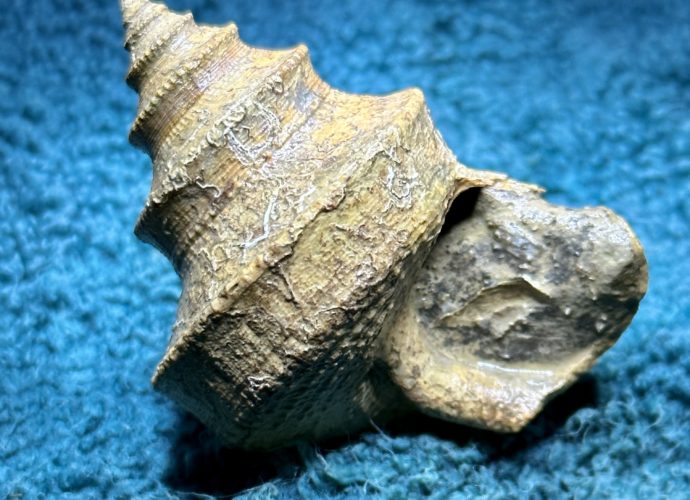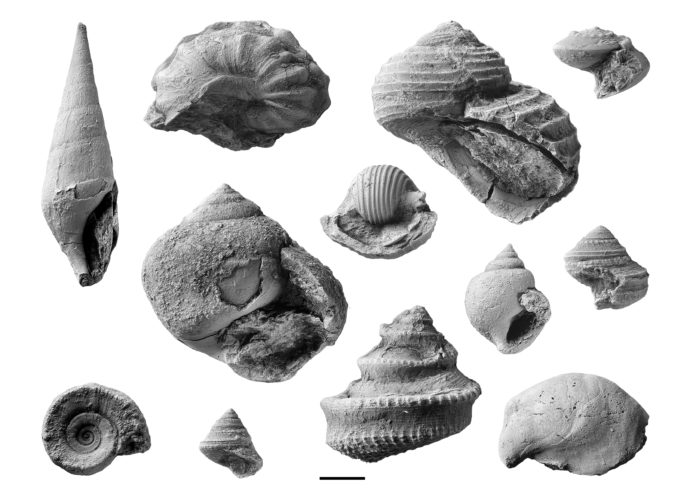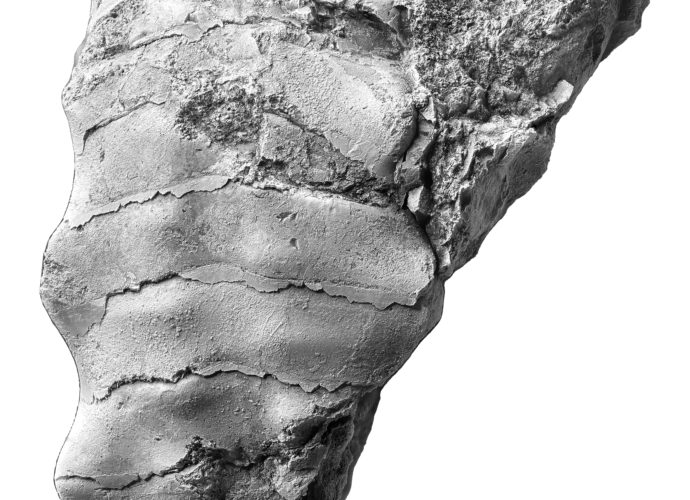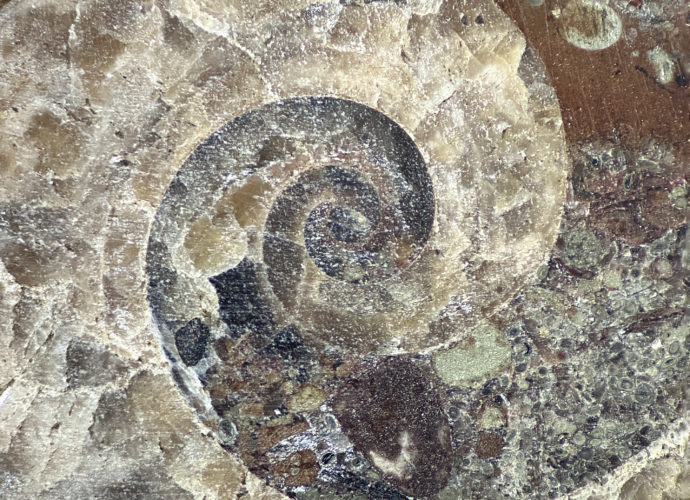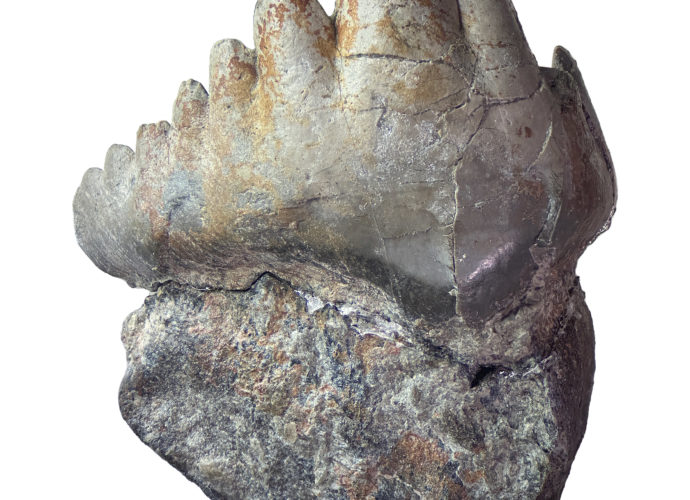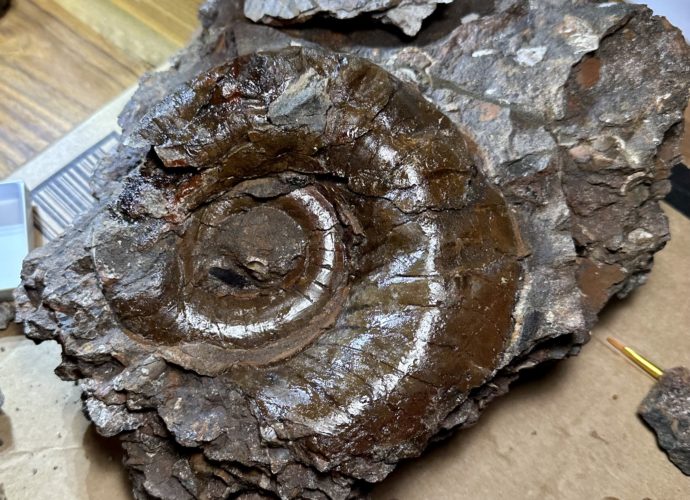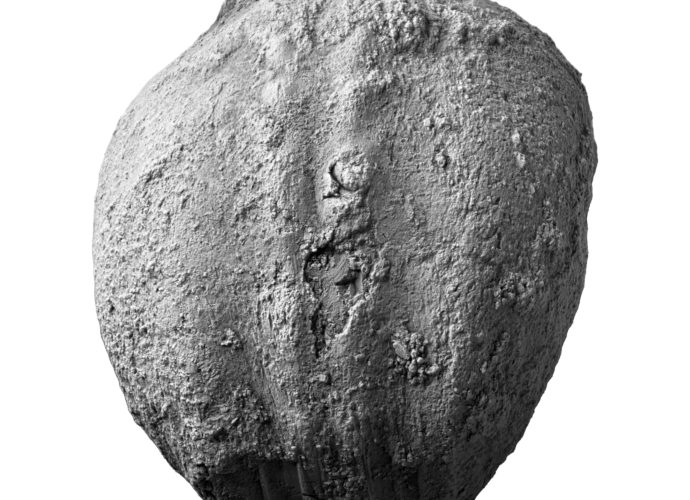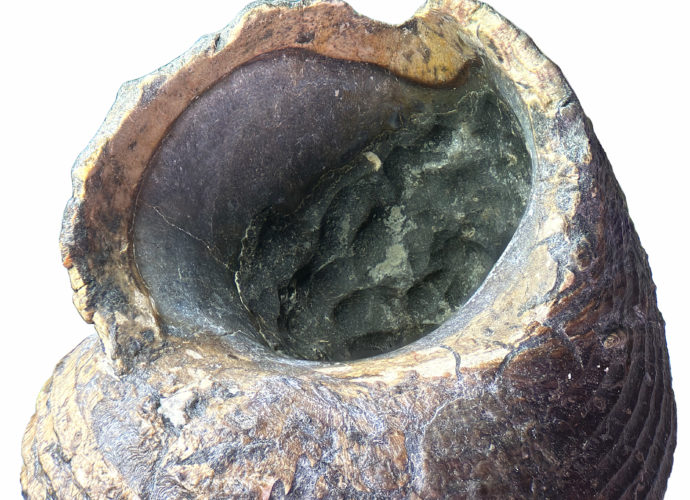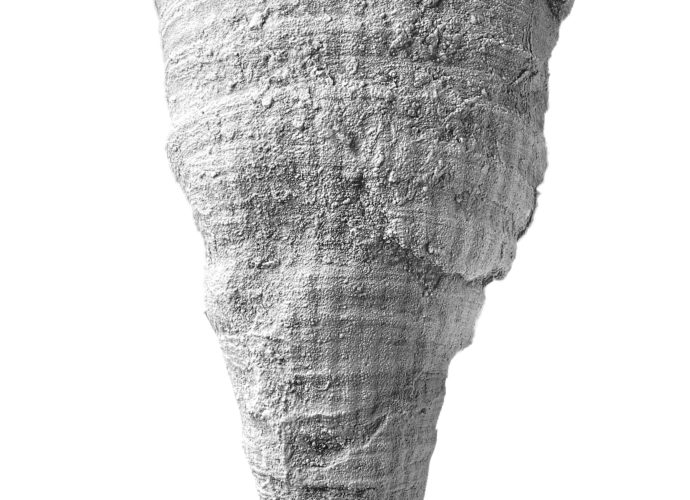Paleo Break
When I started this website in 2019, I was spending a lot of time learning new things about paleontology and geology. The two contain a mountain (no pun intended) of information to absorb, and it took at least four years to understand most general concepts. My full-time profession is notRead More →

